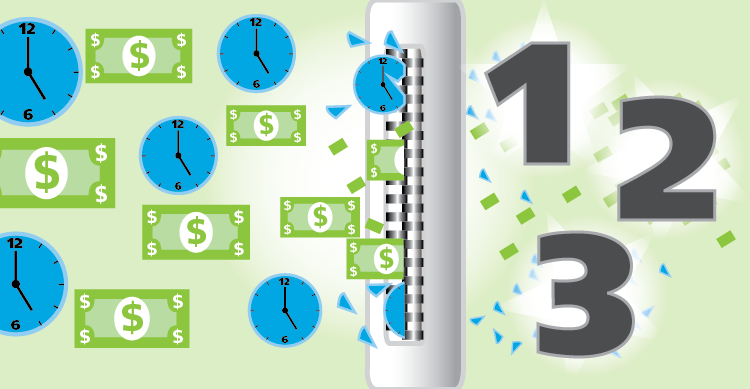How much money and time have you invested in one initiative or another that was designed to improve student performance, but ultimately failed? Here are three ways to reduce failure for your next semester. These ideas cost nothing and take no time.
First, replace automated grade calculations with teacher judgment. Most computerized grading systems use the average to calculate the final score. The result is that students are punished at the end of the semester for mistakes at the beginning of the semester. The teacher must have the ability to consider student proficiency at the end of each marking period. Some students may earn perfect grades throughout the semester and others achieve proficiency only with extra work, respecting teacher feedback, and eventually succeeding. Teachers should be able to reward the second student as much as the first.
Second, move from a 100-point scale to a traditional 4-point scale. Everyone has used grade-point averages for decades. We should be consistent in the classroom, using a simple scale in which A=4, B=3, C=2, D=1, and F=0. This allows for clear and consistent feedback for students and prevents the mathematical gymnastics required to convert back and forth between a 100-point and 4-point scale. Using the 4-point scale also allows teachers to give zeros when there is no work submitted, but the zeroes are mathematically accurate – that is, one point separates each grade. When zeroes are awarded on a 100-point scale, those marks are wildly distorted, essentially dooming a student to failure even if they make dramatic improvements in their work.
Third, provide an early final exam for secondary school students. The early final is given two weeks before the scheduled final exam. Students who earn A’s and B’s are done. They can’t leave campus, but can engage in other activities – perhaps even studying for exams in other classes or remaining in the class in which they succeeded and helping their peers. The students who earned less than a B receive formative feedback on their early final exam and are better prepared to succeed in their end of class exam.
These three ideas cost nothing and take no additional time for the teacher. In fact, they save time and money because every reduced failure prevents teachers from spending time on students repeating classes. Every avoided failure also opens up more opportunities for electives – an opportunity that engages both students and teachers. So – before you spend money and time on a new initiative, try these three simple changes and see what happens to your student failure rate. I’ve seen failures reduce dramatically – by as much as 90%. When failures decrease, student discipline improves and faculty morale improves. If you are willing to try these ideas – even if only in a pilot project – please share your results in the comments section!
[author_bio id=”108″]







I agree with Doug that grades shouldn’t be determined by averaging but I disagree with his stating that “Most computerized grading systems use the average to calculate the final score.”
I know of several computer grading systems that provide ways other than the average to determine a final grade. Power Teacher Pro, for example, automatically calculates six metrics for any set of scores entered for a standard – mean, weighted mean, median, mode, highest and most recent (1-20). Power Teacher Pro also provides a Professional Judgement Indicator to draw teacher’s attention to summary scores that warrant additional teacher consideration because of inconsistency in student achievement. (Full disclosure – I consult with PowerSchool.)